Top 17 Winter Vegetables to Grow in The Garden (With Pictures)
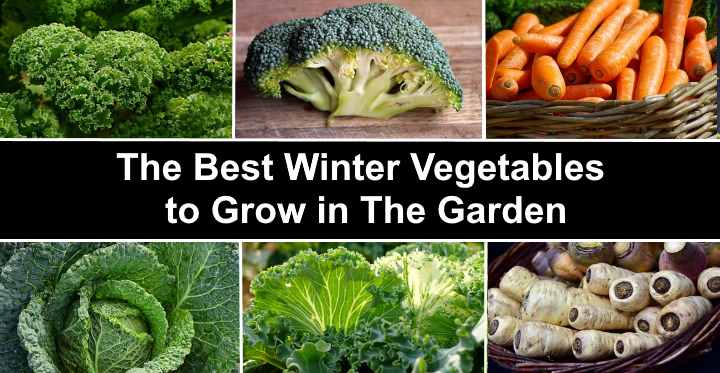
Growing winter vegetables is a great way to enjoy fresh vegetables from your garden all year long. Many vegetables such as kale, carrots, parsnips, and broccoli continue to grow in cold weather. There are even some winter vegetables that survive harsh frosts—albeit with some protection. If you plant some vegetables in late summer or fall, you can expect to enjoy plenty of healthy winter crops.
The challenges to growing vegetables in winter is finding cold-tolerant root vegetables and winter greens. Also, sunlight can be an issue because shorter days and less sunlight mean fewer hours for winter vegetables to grow. However, with some planning and organization, you can enjoy a productive winter vegetable garden.
This article is a complete guide to growing winter vegetables and maintaining a winter vegetable garden. You will find out which vegetables survive frost, when to plant them, and when the best harvesting time is.
How to Grow the Best Vegetables for Winter
The three factors to consider when growing cold-weather vegetables are the USDA zone, frost protection, and sunlight. Winter vegetables are usually suitable for harvesting from November through March. However, for winter greens and root vegetables to be ready, you need to know about picking the best late-season crops for your winter vegetable patch.
Winter vegetables generally grow well during cold months in USDA zones 5 through 7. In colder Northern regions such as zone 5, winter temperatures can drop to -20°F (-28°C). Usually, frost-hardy vegetables still need some protection in those freezing conditions. In zones 6 and 7, some hardy vegetables grow without any winter protection.
The amount of protection from the frost to provide for cold-weather greens depends on the temperatures. It may only be necessary to put a fabric row cover or plant winter vegetables in a fleece tunnel to protect them from harsh frost. You will have to use cold frames in the coldest regions to grow the hardiest winter crops, such as kale, collards, carrots, and spinach.
To successfully maintain a winter vegetable garden, it’s crucial to consider the amount of sunlight. Generally, when there are fewer than 10 hours of light a day, vegetable growth becomes dormant. So, in Northern regions, you should plant frost-tolerant vegetables in late summer to be ready for harvesting in early winter.
When to Plant Winter Vegetables (With Pictures)
The key to getting a bumper harvest of delicious vegetables in winter is knowing when to plant them. Usually, from mid-summer through early fall is the optimal time for planting winter vegetables. There is generally enough time for root vegetables and winter greens to reach a harvestable size by mid-winter.
When choosing to plant vegetables for harvesting in winter, it’s vital to pay attention to individual varieties. It’s possible to buy cold-hardy cultivars of many vegetables. For example, some spinach varieties, as well as carrots, leeks, kale, Brussels sprouts, and parsnips, can tolerate temperatures well below 0°F (-18°C).
If you live in USDA zones 5 or 6, always plant the hardiest winter vegetables varieties for best results.
The Best Vegetables to Grow in Winter
Let’s look in more detail at which are the best vegetables to plant that survive frost.
Winter Kale — Leafy Green Vegetables
Kale is a cold-hardy winter green that you can harvest throughout the winter. Kale is a type of cabbage that has edible green or purple leaves. This hardy vegetable thrives in the winter months and can tolerate cold as low as 5°F (-15°C) without protection. Kale is tastier after growing through a heavy frost.
Plant kale about six to eight weeks before the first frost. This means that you could plant kale in USDA zone 6 between the start and middle of September as the first frost is usually late October or the beginning of November. Grow winter kale in full sun to partial shade.
Some cold-hardy kale cultivars are ‘Winterbor,’ ‘Red Russian,’ and ‘Blue Scotch Curled.’
Carrots — Winter Root Vegetables

Carrots are winter vegetables which taste sweeter after frost
Carrots are delicious cold-weather root vegetables that become remarkably sweet after frost. Carrot tops are cold-hardy to 18°F (-8°C), and the roots are even hardier.
The best time to plant carrots for winter harvest is mid- to late-summer, ideally at least ten weeks before the first frost. In zone 5, you will have to provide a thick layer of mulch in November to protect them from severe frost. Plant carrots in the sunniest part of your garden for the best results.
For winter harvesting, cover the carrot tops with an 18-inch (45 cm) of hay or shredded leaves after the first frost.
Parsnips — Cold Weather Root Vegetables
Parsnip is a cool-weather crop that tastes best when harvested after the first frost. Like carrots, frost causes starches in this white root winter vegetable to turn into sugar, giving them a sweet flavor. You can leave parsnips in the ground for harvesting through the winter as long as you protect them.
Plant parsnips in late spring so they have enough time to mature. In zones 5 and 6, parsnips can take up to 130 days to grow in the ground. Ideally, it would be best if you planted parsnips around 16 weeks before the first frost. In the coldest regions, parsnips benefit from protection.
You can harvest parsnips after the first frost. If you want to harvest them throughout the winter until spring, put a thick layer of mulch over the parsnip tops.
Collards

Collard leafy greens are winter vegetables that grow best in full sun
Collard is a cold-weather crop, perfect for growing in a winter vegetable garden. Collards are in the same family as kale, cabbage, and broccoli. The delicious winter greens are tastier after the first frost and harvested while still relatively small.
Plant collards in fall to enjoy a winter harvest of this tasty leafy green vegetable. The best time to plant collards is six to eight weeks before the first frost. Collard greens will be ready to harvest after the frost. However, you can gather this late-season crop throughout the year.
For best growth, collards need to grow in full sun and require at least four hours of sunshine daily. Collards also grow in Southern states, where they require plenty of watering to keep them growing healthy.
Broccoli

Broccoli is a vegetable that grows well in colder climates
Broccoli is a cold-hardy vegetable, just like other members of the family Brassica oleracea—cabbage, kale, and collard. Broccoli is a vegetable that grows better in colder climates. In zones 6 and 7, broccoli may survive mild winters without any protection.
The best time to plant broccoli for winter harvesting is 85 to 100 days before the first frost. So, it would be best if you started germinating broccoli seeds in summer to enjoy a harvest in late winter. Broccoli grows best in full sun, and you need to keep the ground moist.
You can also plant broccoli in winter if you want to enjoy this delicious winter vegetable in late summer or early fall.
Cabbage
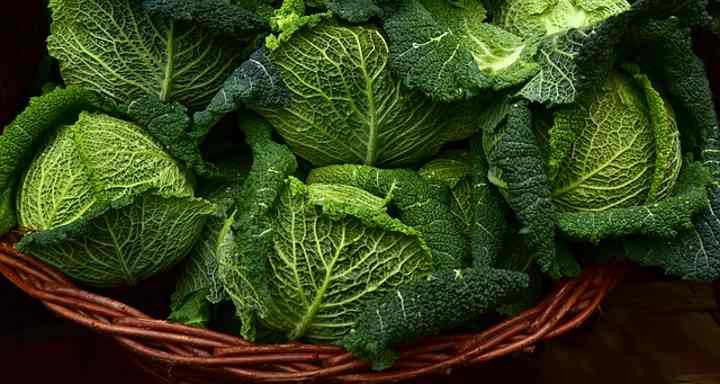
Savoy cabbage is a good addition to your winter vegetable garden
Hardy varieties of cabbage grow well in winter when you can enjoy this nutritious vegetable. The hardiest cabbages are the savoy cabbages with their broad, crinkly leaves. Like many winter crops, cabbage taste improves if it grows in the ground through one frost.
Mid-summer is the best time to plant cabbage outdoors if you live in colder climates. It’s essential to protect young leaves if you get an early frost. You can also grow cabbages under row covers for added protection. Harvest cabbages in early winter if you get extreme cold. Otherwise, winter cabbage should continue to grow in temperatures as low as 20°F (-7°C).
Cabbage stores exceptionally well in winter in a root cellar or refrigerator if the temperature is just above freezing.
Brussels Sprouts
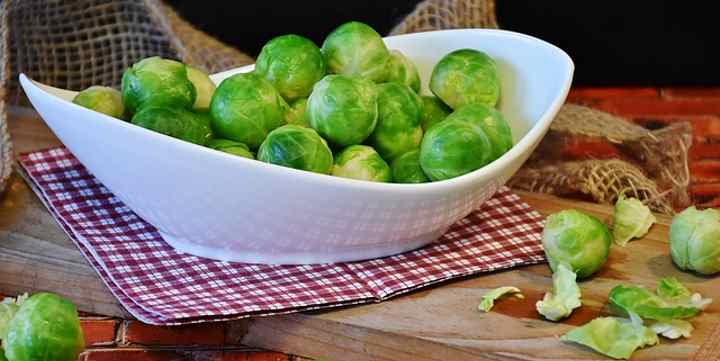
Brussels sprouts can survive short freezes
Brussels sprouts are one of the hardiest vegetables in the family Brassica oleracea. This cold-season winter vegetable can survive short severe freezes. However, you should harvest them in early winter if you expect extended periods of freezing temperatures.
Plant Brussels sprouts about 100 days before the first frost is expected. You can sow the seeds directly into the garden as long as the site is in full sun. In zones 4 and 5, you will need to provide extra protection if you plan to grow Brussels sprouts throughout winter.
Wait until the first frost before harvesting Brussels sprouts—this is when they are at their tastiest.
Kohlrabi

Kohlrabi is a great winter crop if you plant it in early fall
Kohlrabi is an ideal cool-season crop for winter and fall vegetable gardens. You can plant this versatile vegetable in late winter to enjoy a summer vegetable crop or plant it in early fall for a winter harvest. The advantage of growing kohlrabi as a winter crop is that it matures exceptionally fast.
To harvest in winter, plant kohlrabi seeds in the ground about six to ten weeks before frost is expected. It will take around 65 days before you can harvest kohlrabi vegetables. In zone 5, you will need to give extra protection from frost. In the milder areas of zones 6 and 7, you can harvest kohlrabi in winter.
Beets

Beets include some cold hardy varieties
Beets are delicious root vegetables that grow in winter. Some of the hardiest varieties grow through the winter for spring harvest. One of the beauties of growing beet in a winter vegetable garden is that you can use the tops in tasty winter salads.
If you live in zones 4 through 7, plant beets in June for a winter harvest. Ideally, it would be best if you planted beets ten to twelve weeks before the first frost. Use a thick layer of straw to protect beet tops during cold weather. You should harvest beets before the ground freezes. In zones 7 and 8, some hardy beet varieties will survive in the ground throughout the winter.
Leeks
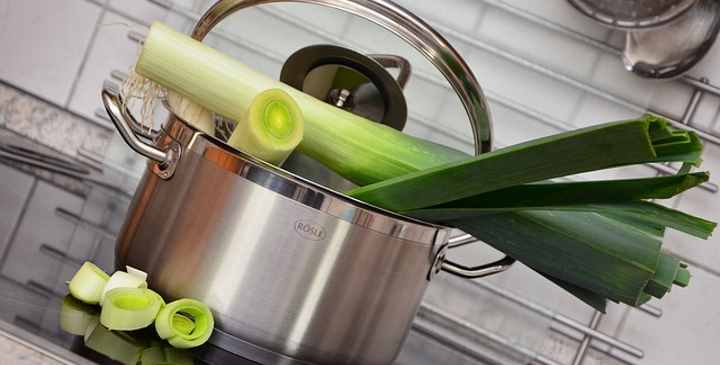
Some leek varieties are especially good as cold weather crops
Leeks are ideal vegetables for winter gardens because they grow in low sunlight and are relatively tolerant of frost. Some leek varieties such as ‘Bandit’ and ‘Bleu de Solaise’ are particularly good for winter growing.
To harvest leeks in winter, you should plant them three weeks after the last spring frost. Leeks will continue growing through fall and into winter. You can harvest leeks right up until the ground freezes. You will need to put about 12” (30 cm) of mulch over the plants in exceptionally cold winters.
Winter Vegetables that Need Some Protection
Turnips
Turnips are cool-weather crops that will last until winter with some protection. However, turnips aren’t as cold-hardy as other winter vegetables on this list, and you will have to harvest turnips in fall. However, turnips store well throughout the winter and are a tasty addition to warming, hearty stews.
Plant turnips in late summer to harvest them before the first frost. Turnips take about 50 days to mature, so you have to consider this, depending on which growing zone you live in. After harvesting turnips in the fall, store them in a root cellar for use throughout the winter.
Scallions
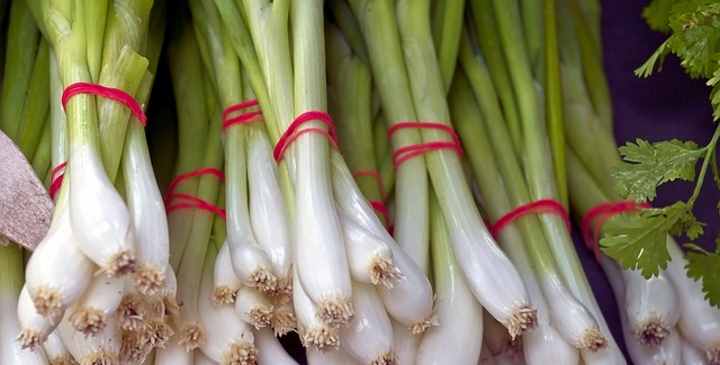
The best scallion variety to grow as a winter vegetable is the ‘Evergreen Hardy White’
Green onions or scallions are a hardy bulbous vegetable that survives freezing winter temperatures. The best type of scallion for a winter vegetable garden is the ‘Evergreen Hardy White.’ These small, slender onions with green tops grow fast and are delicious in salads, stir-fries, and winter stews.
Plant ‘Evergreen Hardy White’ scallions in September so that they are ready for harvesting in November. To ensure that the ‘spring onions’ last throughout the winter, give them protection from the frost. Green onions go dormant during winter, so they should be of harvestable size before the first frost.
Lettuce

Choose a cold hardy lettuce to grow in a cold frame or polytunnel
Lettuce is a great vegetable to grow in winter if you plant it in a cold frame. Lettuce can grow throughout the year and thrives when the weather isn’t extremely hot or bitterly cold. Some of the cold-hardiest lettuce varieties are ‘Winter Marvel,’ ‘Winter Density,’ and ‘Brune d’Hiver.’
Plant lettuce in a cold frame or winter polytunnel for winter harvest four to eight weeks before the first frost. If you live in zones 4 or 5, you will need to plant cold-hardy lettuce varieties. In zones 6 and 7, any type of lettuce should grow well, as long as they get protection from frost.
Top tip for growing lettuce in winter: Types of loose-leaf lettuces recover better from freezing temperatures than the ‘heading’ types.
Spinach

Spinach will benefit from winter protection but some types are more cold hardy than others
Spinach is a winter green that grows well in cold weather. Usually, spinach grows best in winter gardens if planted under a row cover or in a cold frame. Many spinach varieties are suitable for cold weather growing for winter harvesting in zones 3 through 9.
Plant spinach four to eight weeks before the frost date. Spinach grows better in winter when it reaches maturity before the first frost. For best results, grow spinach in a winter greenhouse, cold frame, or a row cover.
The cold-hardy spinach varieties are ‘Renegade,’ ‘Giant Winter Spinach,’ ‘Kolibri,’ and ‘Tyee.’
Bok Choy
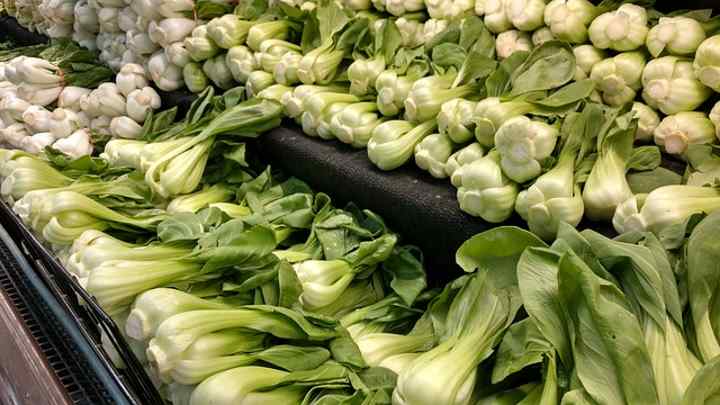
Protect bok choy from frost with a winter frame
You can grow bok choy winter Asian greens in USDA zones 4 through 7 if you protect them from frost. Bok choy is an annual vegetable that is a type of Chinese cabbage. This tasty leafy green vegetable is also called pak choy, horse’s ear, or Chinese celery cabbage.
Plant bok choy in early fall when temperatures are cooler. You can harvest bok choy as soon as the leaves have developed. Bok choy continues growing after light frosts. You should grow bok choy in a winter frame to protect it from the cold and enjoy its tasty leaves during winter.
Winter Vegetables Harvested in Summer
You can plant some types of vegetables in a winter garden for harvesting the following year. These vegetables take many months to grow and survive winters without their bulbs suffering any damage.
Garlic

Plant garlic in your winter garden before the first frost and harvest in the summer
Garlic is a great hardy bulbous vegetable for winter gardens. You will need to choose the right variety for your zone so that it survives throughout the winter.
Plant garlic in late fall or winter, about two weeks before the first frost. Garlic is ready for harvesting in the summertime when the stalks have turned brown.
Further reading: How to Grow Garlic: The Ultimate Step By Step Guide.
Onions
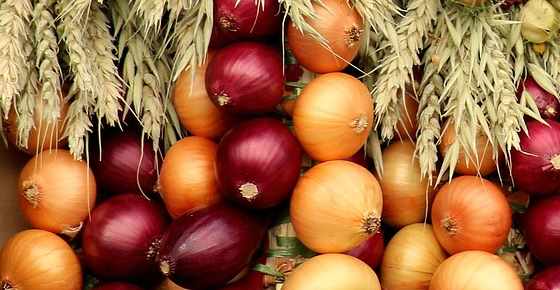
Onions can survive winter and harvested in late spring
Cold-hardy onions are another crop that survives winter and are ready the following year. Overwintering onion varieties will grow slowly throughout the winter and be ready in late spring for harvesting.
Plant the onion seeds in late July so that seedlings are ready by August. Transplant to your winter vegetable garden so that they grow through winter until spring. If temperatures drop below -10°F (-23°C), cover the onion tops with straw or mulch or grow in floating row covers.
Related articles:
- 17 Perennial Vegetables to Plant Once for Years of Bounty
- Types of Cabbage: Green, Red, White, Savoy, Napa and More
- Cover Crops For Raised Beds
